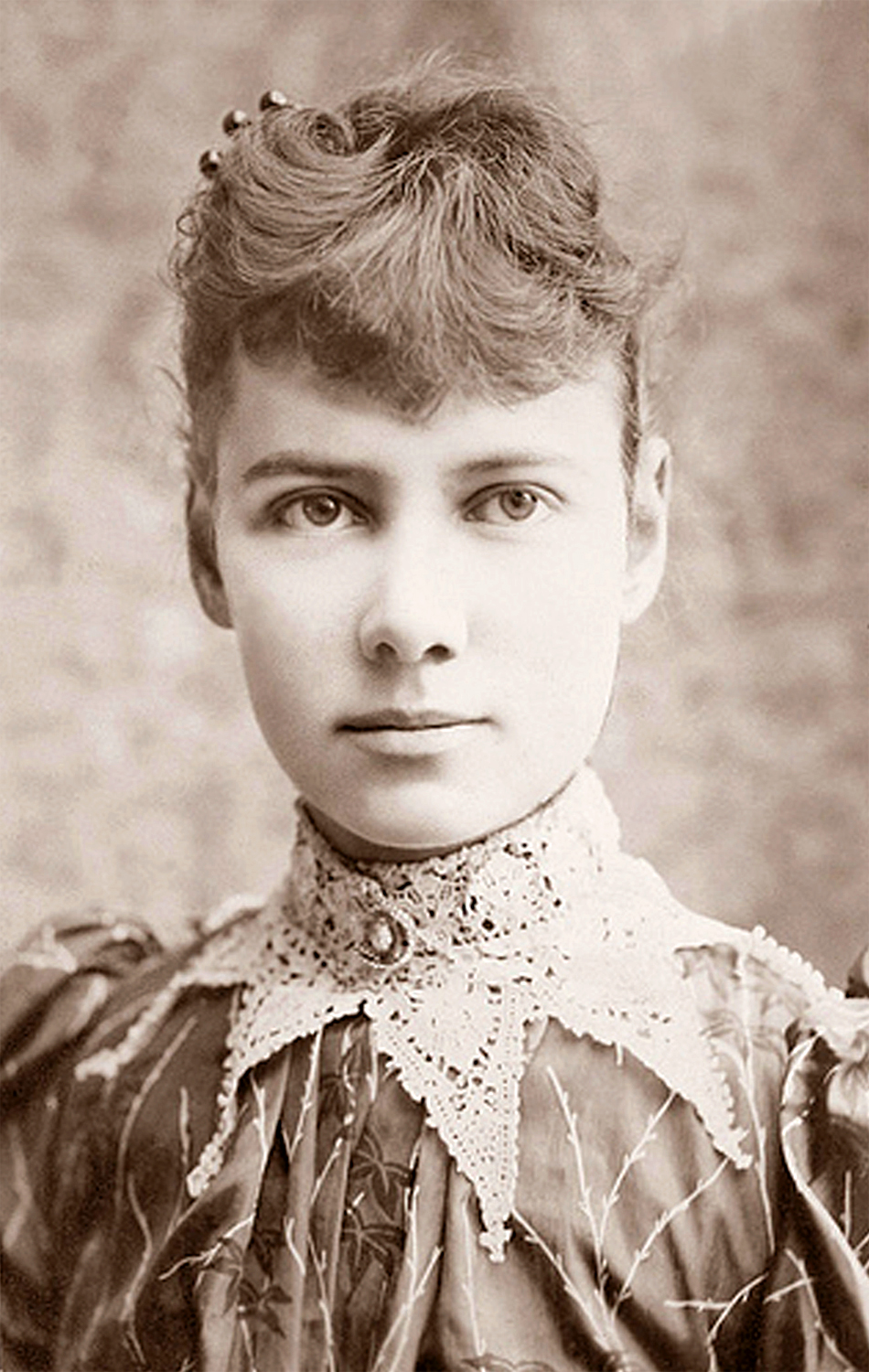
publications

Our members make history happen.
Explore Nebraska
History Nebraska Education
Learn more about the educational programs provided at our museums, sites, and online.
History Nebraska Programs
Learn more about the programs associated with History Nebraska.
Listen to the articles and authors published in the Nebraska History Magazine with our new Nebraska History Podcast!
History Nebraska's mission is to collect, preserve, and open our shared history to all Nebraskans.
Explore Nebraska Collections
Get a closer look at Nebraska's history through your own eyes, with our extensive video collections.
History Nebraska Research and Reference Services help connect you to the material we collect and preserve.
Volunteers are the heroes of History Nebraska. So much history, so little time! Your work helps us share access to Nebraska’s stories at our museums and sites, the reference room, and online.